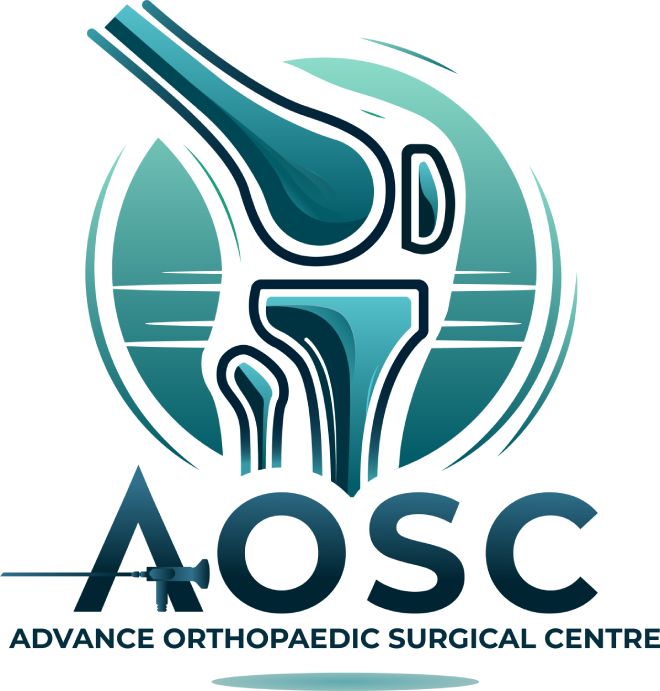
Important Do’s and Don’ts After Total Knee Replacement (TKR) Surgery: What You Need to Know
Total Knee Replacement (TKR) surgery is a transformative procedure that can significantly improve mobility and quality of life for patients with severe knee arthritis or joint damage. However, a successful recovery requires careful adherence to post-surgical guidelines. Below are the essential do’s and don’ts to follow after TKR surgery to ensure optimal healing and long-term results.
Do’s After TKR Surgery
1. Follow Your Physiotherapy Plan
Physiotherapy is critical for regaining strength, flexibility, and range of motion after TKR surgery. Start with recommended exercises under a physiotherapist’s guidance to strengthen the muscles around your knee and improve joint stability.
2. Use Assistive Devices Initially
Walkers or crutches should be used as advised by your doctor to ensure safety during the initial recovery phase. Gradually transition to walking unaided as your strength and balance improve.
3. Elevate and Ice Your Knee
To manage swelling, elevate your leg with pillows and apply ice packs several times a day. This helps reduce pain and promotes faster healing.
4. Keep Your Knee Straight While Resting
Ensure your knee remains straight while lying down to prevent stiffness or complications like fixed flexion deformity.
5. Wear Compression Stockings
Compression stockings can help prevent blood clots and reduce swelling. Use them as prescribed by your surgeon.
6. Follow a Balanced Diet
A diet rich in proteins, vitamins, calcium, and iron supports healing. Include foods like lean meats, dairy, fruits, vegetables, and nuts. Ensure adequate hydration to keep your body functioning optimally during recovery.
7. Attend All Follow-Up Appointments
Regular follow-ups with your surgeon are essential to monitor your progress and address any concerns during recovery.
Don’ts After TKR Surgery
1. Avoid High-Impact Activities
Refrain from activities like running, jumping, or lifting heavy weights, as they can strain the new joint and increase the risk of complications.
2. Don’t Ignore Pain or Swelling
Persistent pain or swelling may indicate a complication. Report any unusual symptoms to your surgeon immediately.
3. Avoid Sitting for Long Periods
Prolonged sitting can increase the risk of stiffness and blood clots. Take short walks or perform light exercises every 1-2 hours.
4. Don’t Cross Your Legs
Crossing your legs can place unnecessary pressure on the knee joint, potentially interfering with proper healing.
5. Avoid Using Stairs Excessively
While gentle stair use may be necessary, excessive climbing can strain the knee. Use stairs only when needed during the early recovery phase.
6. Don’t Neglect Your Knee Brace (If Prescribed)
If your surgeon has recommended a knee brace, wear it as advised to protect your joint during recovery.
7. Don’t Attempt Advanced Exercises Prematurely
Stick to your physiotherapist’s guidelines. Avoid advanced exercises or gym workouts until cleared by your medical team.
8. Don’t Delay Starting Physiotherapy
Starting physiotherapy late can lead to stiffness, reduced range of motion, and delayed recovery. Follow your rehabilitation schedule diligently.
How Long Is Recovery After TKR Surgery?
Recovery times can vary, but most patients can resume light daily activities within 4-6 weeks. Full recovery, including returning to moderate exercises or recreational activities, typically takes 3-6 months. Always follow your surgeon’s advice for a personalized timeline.
Final Thoughts
Recovering from Total Knee Replacement surgery requires patience, effort, and strict adherence to post-operative guidelines. By following these do’s and don’ts, you can achieve a faster recovery, minimize complications, and enjoy the long-term benefits of your new knee.
For more information or to consult the best knee replacement surgeon, contact us today-8700180105





